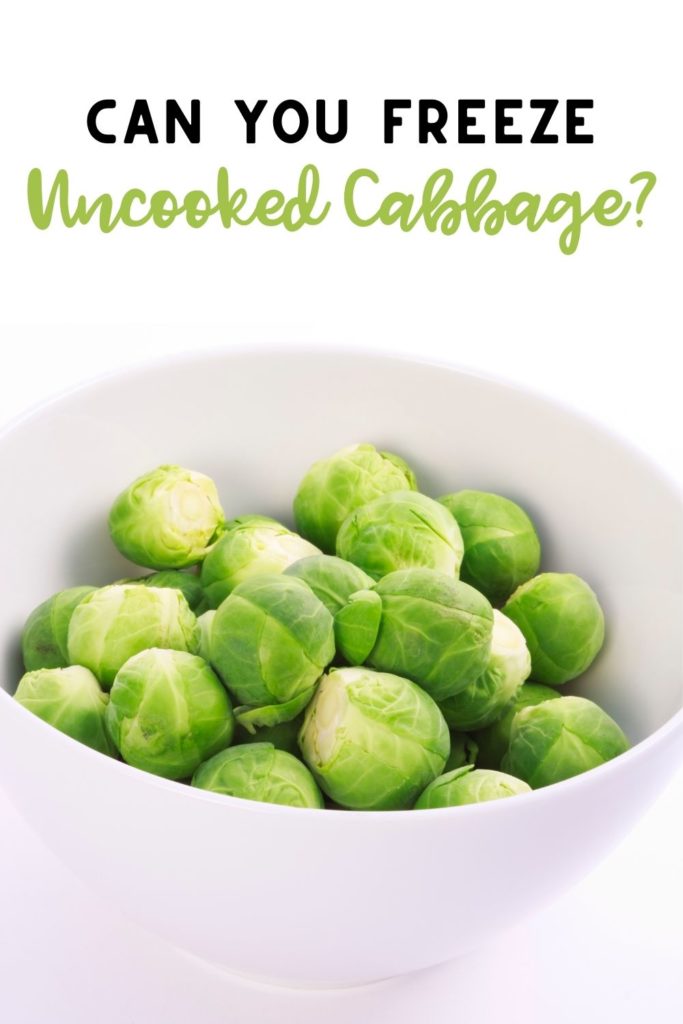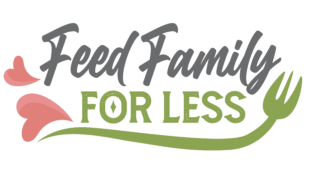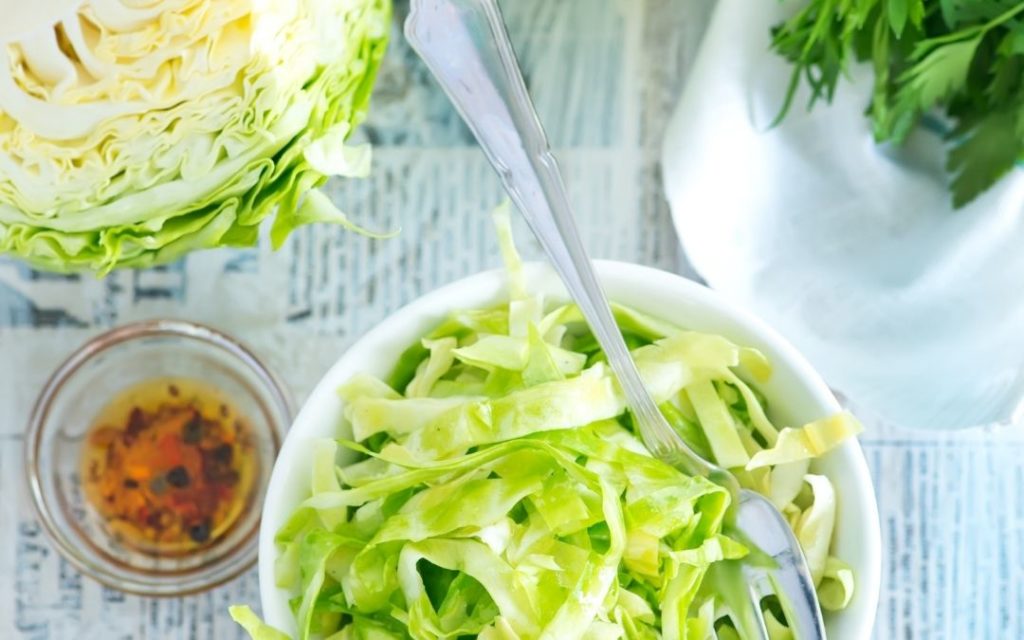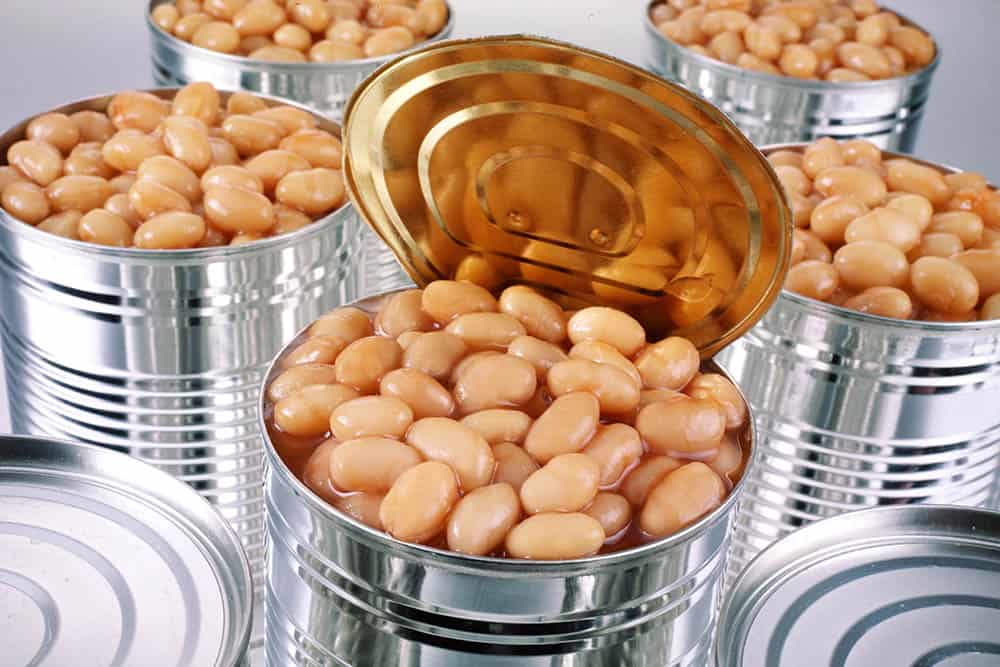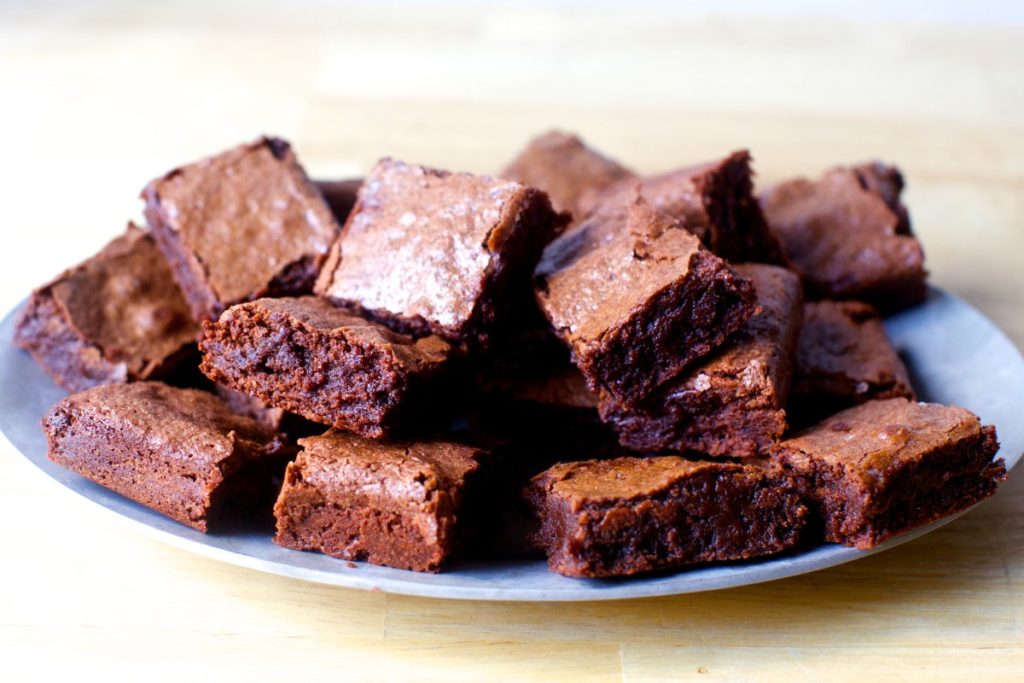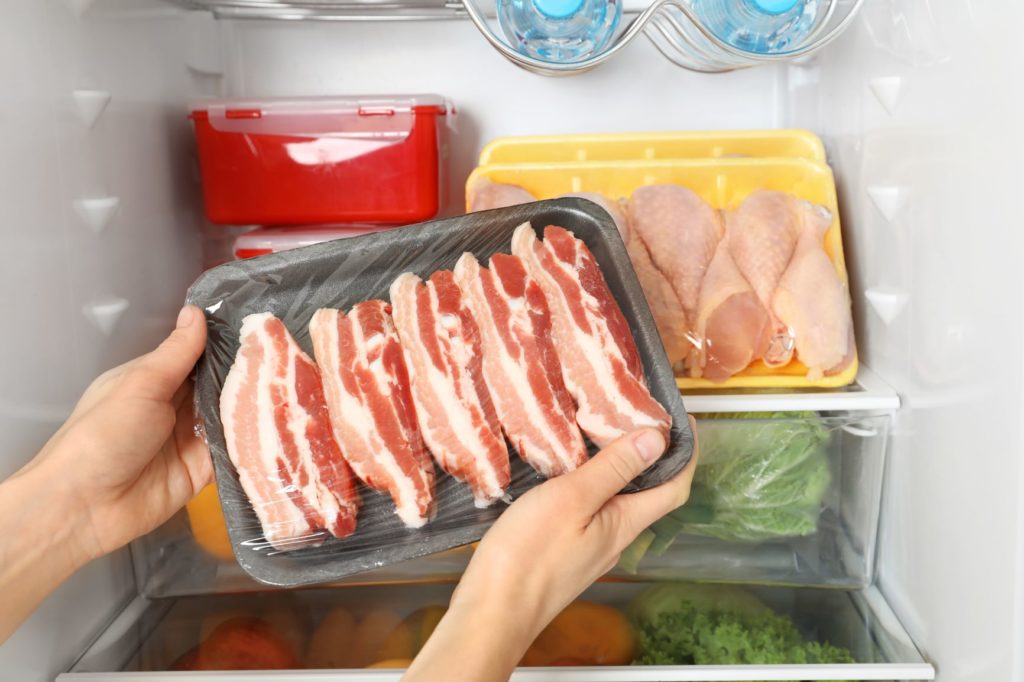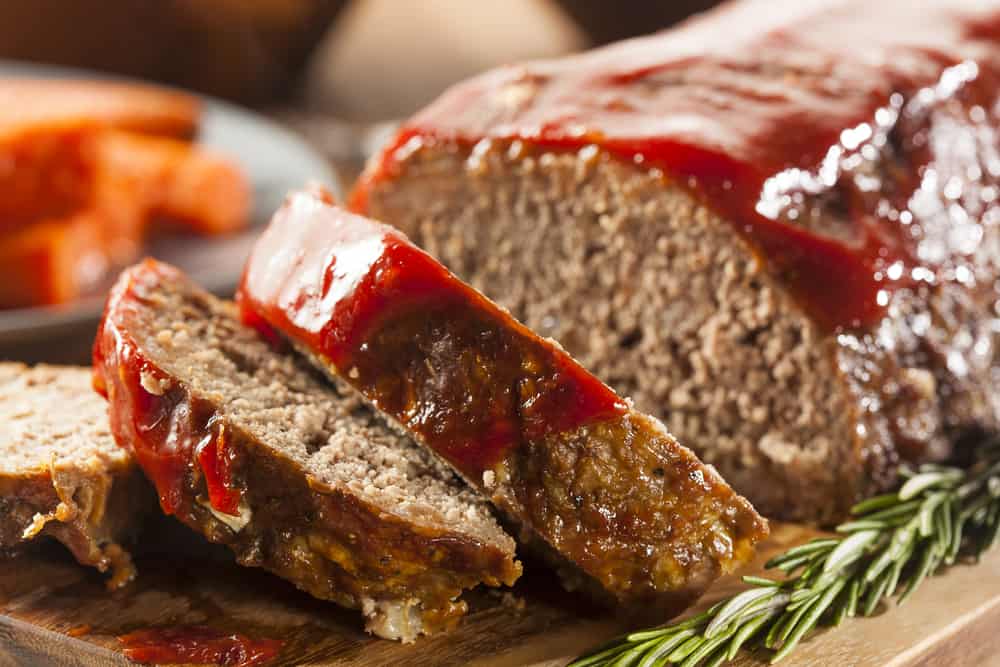Are you a cabbage lover? Do you plan to consume cabbage beyond the growing season? Can you freeze raw cabbage?
This versatile compound is perfect for making soups, coleslaw, and casseroles. It’s also an excellent substitute for bread.
Sadly, it’s only harvested once a year during the fall. So if you want to have your cabbage fresh throughout the year, it’s best to freeze some when they are in season.
But is it possible to freeze raw cabbage? Let’s find out:
This post may contain affiliate links. Read my disclosure policy here.
Can You Freeze Uncooked Cabbage?
Yes, you can freeze uncooked or blanched cabbage. When done correctly, blanched cabbage will last in the freezer for up to nine months, while raw cabbage will last in the freezer for two months.
You will also want to wash your cabbage before freezing to deter microorganisms. That said, we’ll walk you through all the steps involved in freezing cabbage, how to freeze cabbage without blanching, and how to prepare and store cabbage for later use.
Ready? Let’s dive in!
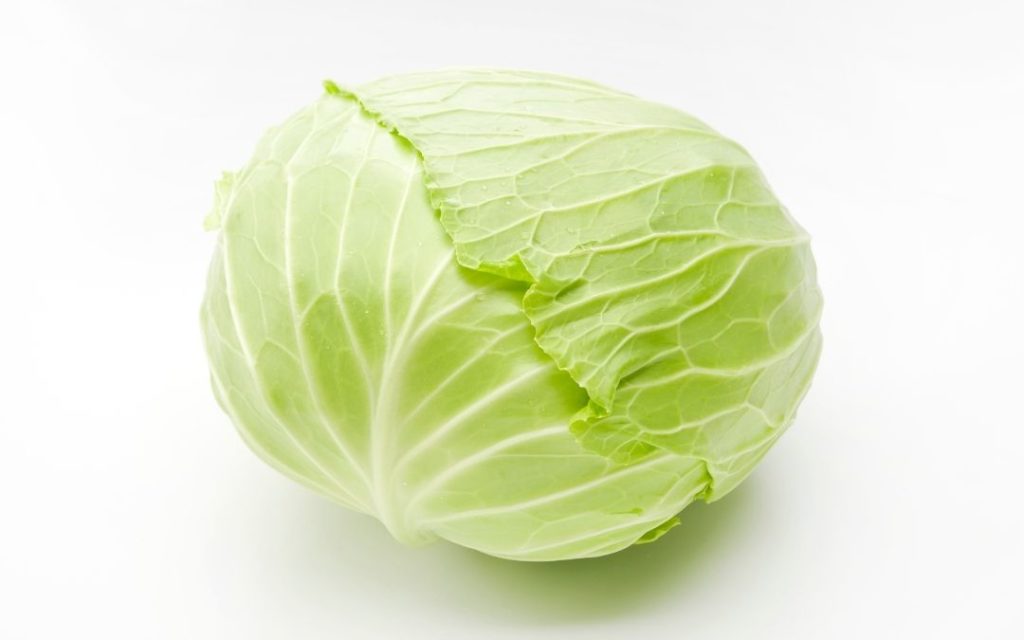
How to Freeze Uncooked Cabbage (Blanching Method)
Cabbage is a versatile vegetable in the kitchen, and as such, many households rely on it for year-round nourishment that’s easily added into menus and during meals.
And because cabbage freezes well, it helps to learn all the basics about freezing this vegetable and implement them in day-to-day kitchen operations.
This leafy vegetable is rich in fiber and low in calories. It also takes pride in disease-fighting elements, lots of minerals, and high levels of vitamin C and K. By freezing cabbage, you’re assured of having this nutrient-rich vegetable past the growing season.
Step 1: Wash Your Cabbage
If you planted the cabbage yourself or bought it straight from the farmer, remove the stiff outer leaves, rinse properly, then soak in cold water for half an hour to eliminate any cabbage worms that may be present.
Next, shake off the excess water and pat dry. If you bought your cabbage from the grocery store, then this process will be a lot easier. Simply remove the outer leaves and rinse them thoroughly.
Step 2: Cut it Up
You can either freeze your cabbage in shreds, leaves, or wedges. However, it’s recommended to freeze in wedges if you don’t know how you’re going to use your cabbage yet. This way, you can cut in whatever size you prefer for specific use.
Once you’ve settled for a freezing method, go ahead and cut your cabbage. If you decide on the wedges, leave the cores undamaged. They will hold the leaves together until you’re ready to use them.
Step 3: Blanch Your Cabbage
Into a large stockpot of boiling water, drop in your cabbage to blanch. This will destroy any bacteria present in the cabbage and bring the enzyme action to a halt to last longer in the freezer.
As for shredded cabbage, blanch for one and a half minutes and the wedges for three minutes for complete effectiveness.
Step 4: Cool It in Ice Water
When the blanching time is up, pull out the cabbage from the boiling water and immerse it in a bowl of ice water to bring the cooking process to an end.
Step 5: Flash Freeze Your Cabbage
Pull the cabbage out of the ice water when it has thoroughly cooled. Shake off the excess moisture to prevent freezer burn. Next, put the cabbage on a cookie sheet and flash freeze it.
Once it’s frozen, transfer the cabbage into freezer bags, squeezing out as much air as possible. Seal the bags shut and keep them in the freezer.
Step 6: Use Your Frozen Cabbage
There are several delicacies you can prepare using cabbage. For example, you could use it as appetizers or even cook it differently and incorporate it into many dishes. For appetizers, you will want to use it raw.
Ultimately, the method of preparation will vary depending on the preferences and cooking styles of every individual.
When you’re ready to use your frozen cabbage, defrost the leaves or shreds in the refrigerator and use them to make coleslaw or cabbage rolls. If not, use the frozen cabbage in soups and casseroles. There’s no need to defrost it first.
Below are a few ideas for using cabbage. Whether you want to eat your cabbage raw or cooked, these ideas will come in handy.
- Oven-roasted cabbage slices with seasoning
- Add in stir fry
- Sauté and season cabbage
- Use as salads
- Corned beef brisket
- CabbageColeslaw
- Cabbage soup
- Cabbage rolls
- Fried sausage and cabbage
- Cabbage wraps filled with meat, cheese, veggies, etc.
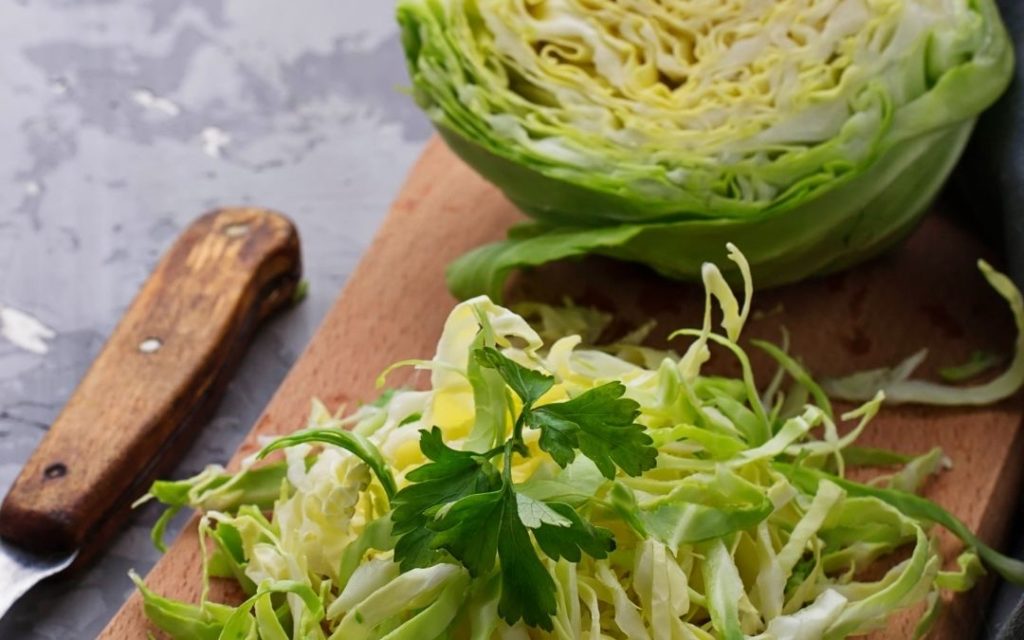
How to Freeze Cabbage Without Blanching
If you don’t plan to freeze your cabbage indefinitely, then go ahead and freeze it without blanching. Use this freezing method to skip the blanching process.
- Rinse thoroughly and soak the cabbage.
- Decide on how you want to freeze your cabbage and cut it accordingly.
- Unless you’re freezing your cabbage as shreds or wedge, pre-freeze it before the actual freezing. Do this by spreading the cabbage out on a baking sheet and freezing it uncovered for about 6-8 hours.
- Using plastic wraps, cover portions of cabbage and put them into an airtight container or a sturdy freezer bag.
- Label, include dates and seal the packaging.
- Freeze your unblanched cabbage for up to 2 months for efficiency.
The procedures are simple and to the point, so choose whichever works best for you. Just remember that your choice may be influenced by how long you plan to keep your cabbage fresh in the freezer.
Can I Freeze Chopped Cabbage?
Yes, you can freeze chopped cabbage, but you’ll need to follow these simple steps for the best results. If the cabbage is fresh, remove the outer leaves and soak it in cold water for 30 minutes to wash the cabbage.
Remove it from the water and dry; then cut the cabbage into shreds or wedges. Blanch the pieces if you intend to store them indefinitely. As for the chopped cabbage, place them directly in freezer bags and freeze accordingly.
Can You Freeze Whole Cabbage?
Yes, you can freeze whole cabbage, but it’s not recommended because it consumes much space in the freezer. If you must freeze it whole, consider soaking it first in a gallon of water containing three tablespoons of salt. This will eliminate annoying insects like beetles and earwigs.
After that, rinse the cabbage heads and pull out the outer leaves. Place the whole cabbage in a sizable freezer bag and freeze indefinitely. While deciding on this option, it’s important to remember that thawing a whole cabbage consumes much time.
Tips for Freezing Uncooked Cabbage
Now that you understand the many ways to freeze cabbage, it’s time you employ these tips for complete effectiveness.
- Always blanch: Blanching is a critical step in freezing cabbage and will go a long way to enhance its shelf life. If you must skip this process, make sure you’re freezing your cabbage in wedges. Many benefits come with blanching, including locking up nutrients, retaining flavor, and improving texture after freezing.
- Flash freeze: This process ensures that your cabbage pieces don’t stick together, making it easier to defrost small portions at a time.
- Never freeze whole: Freezing cabbage whole will mean more thawing time. Instead, chop it into wedges or shreds to save you space in the freezer, as well as thawing time.
- Cook strips from frozen: If you freeze your cabbage in strips, there’s no point in defrosting it. Simply drop the strips in boiling water for a few minutes to defrost them quickly, then cook.
How Do I Prepare and Store Uncooked Cabbage?
As mentioned earlier, cabbage lasts longer if stored properly. It freezes well and also exhibits an excellent refrigeration cycle. Whether you’re freezing whole cabbage, shreds, or strips, the processes are dead simple.
The most important thing to bear in mind is that you will want to keep your cabbage airtight. Wrap, seal and store your cabbage correctly to prevent bacteria growth within the package. This should be music to your ears if you prepare and store your cabbage correctly.
One of the best ways to store cabbage is to use reusable beeswax food wraps. Alternatively, you can settle for a more traditional storage method, which is refrigeration that lasts up to five days.
However, if you don’t plan to consume it within five days, consider freezing your cabbage. This is by far the best method to freeze cabbage in bulk. You can freeze your cabbage without blanching, but it won’t stay long as it would when blanched.
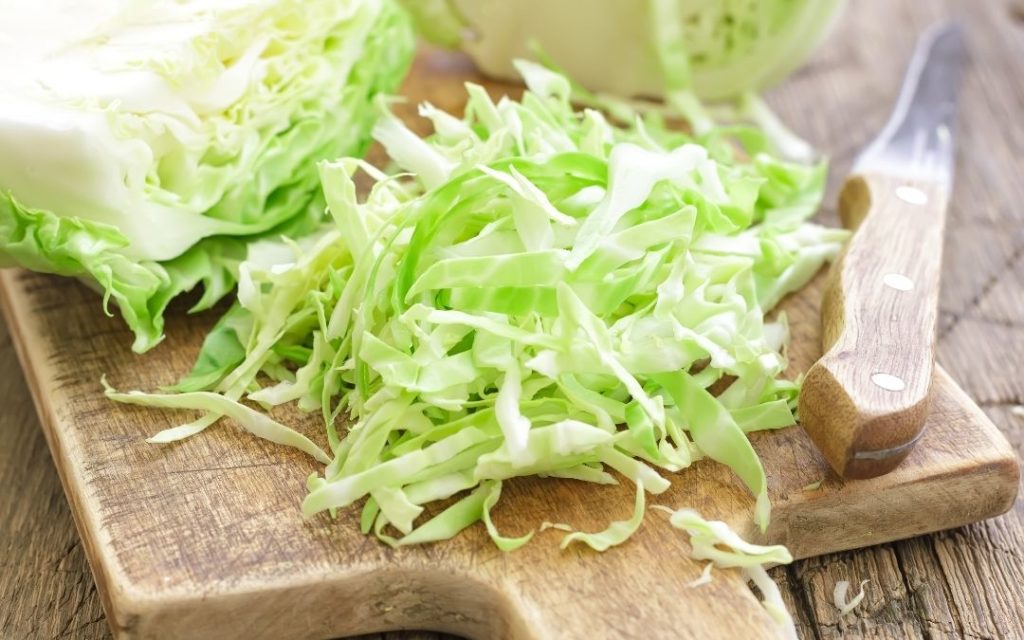
Related Questions about Freezing Uncooked Cabbage
1. Can Cabbage Be Frozen Uncooked?
Yes, you can freeze uncooked cabbage, but there are a few steps you need to follow for the best outcome. The first step is to remove the outer leaves and wash the cabbage thoroughly. Chop into wedges and freeze accordingly.
2. Can You Freeze Raw Cabbage For Coleslaw?
No, you cannot freeze uncooked cabbage for coleslaw. Like any other leafy vegetables, cabbage has high levels of moisture, which upon freezing, it will break down and become soggy. Frozen cabbage goes well with cooked dishes such as cabbage casserole or cabbage rolls, but it won’t be practical for coleslaw.
3. How Do You Cook Frozen Raw Cabbage?
The first step is to defrost the frozen cabbage in the fridge. For efficiency, let it slow-thaw overnight. As for cooked cabbage, reheat in a cooking pan over medium heat. Make sure to reheat until there’s no frost.
Bottom Line
Have you frozen cabbage before? What was your experience, and how long did you keep it in the freezer? If not, these easy peasy steps and tips will guide you to freeze your cabbage effectively.
Now, you can take advantage of these leafy vegetables when they are in season and stock them for later use. If you still have any questions, please leave a comment, and I’ll gladly walk you through them.
